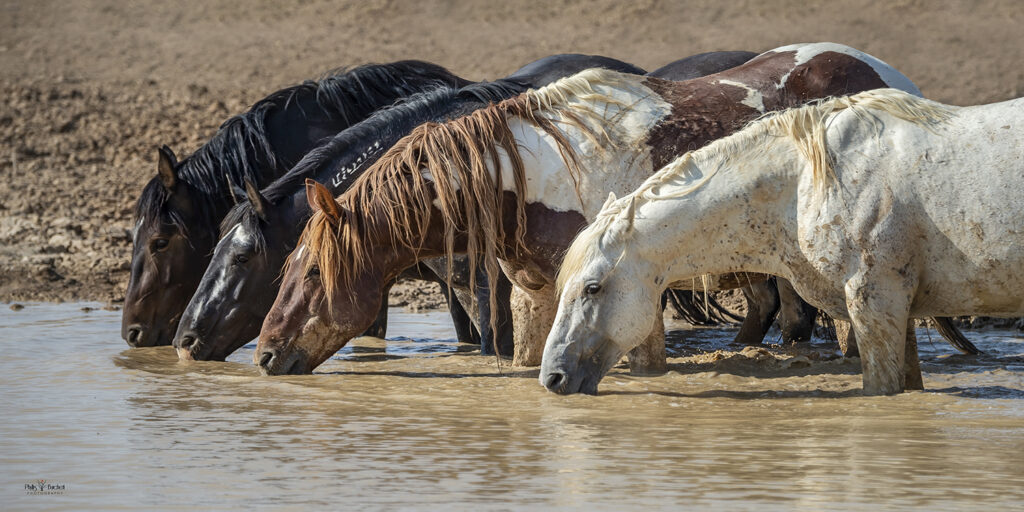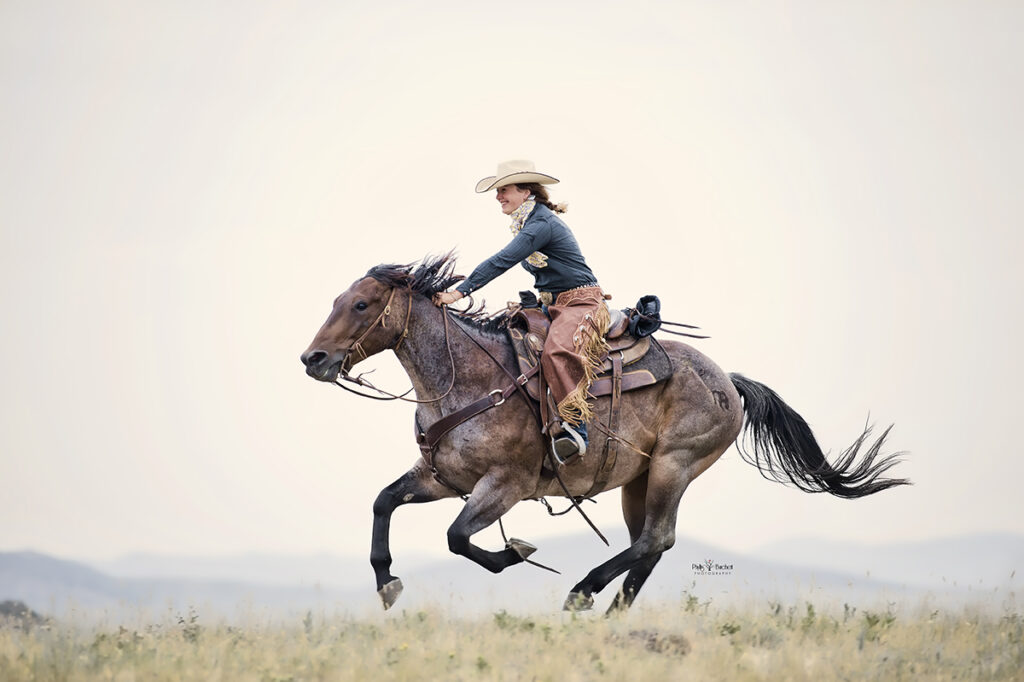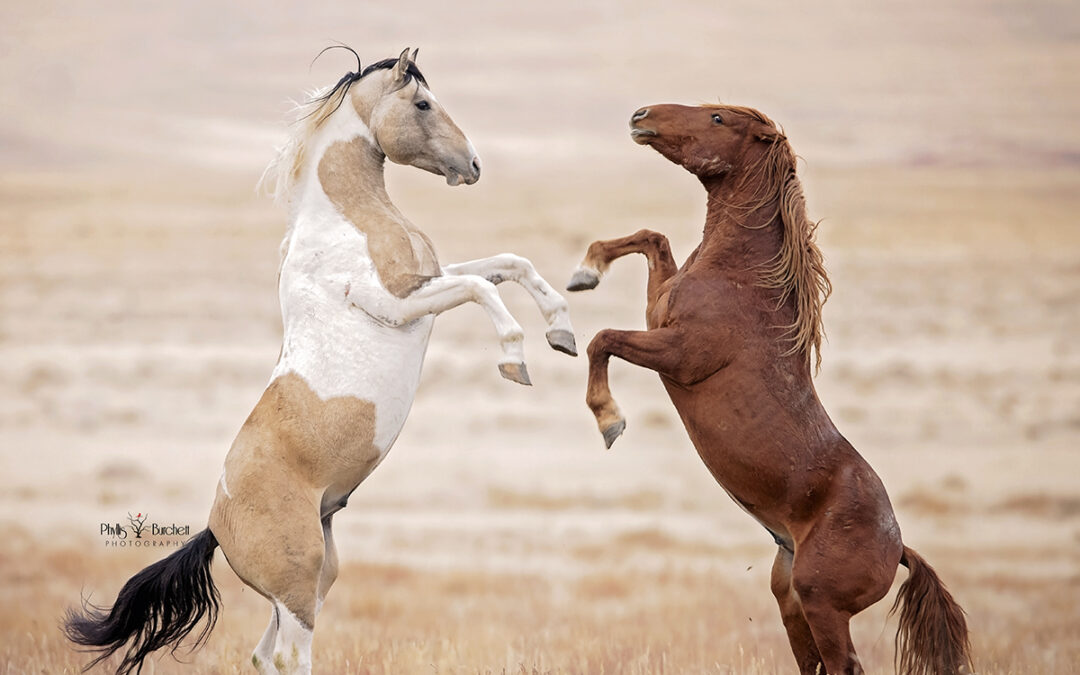“Wow! That was a lucky shot!” We’ve all heard it. Whether it’s a fabulous photo of wild horses, a stunning landscape, or even that perfect moment during a portrait shoot, most think how lucky to be able to capture such an incredible image. Right time, right place is important but more than luck, it’s knowing your subject that will help you to succeed at getting those amazing shots.
Sometimes, we do get lucky. But more often than not, even those images that are not planned are the result of more than simple luck. They’re the result of knowing your subject and being able to anticipate a shot before it happens. Animals, both domestic and wild, can all be unpredictable. But if you take the time to learn their habits and routines, you can be prepared for that special moment.

Knowing when and where the wild ones will come to drink is key.
We all love horses, right? But that love of the animal will only get you so far, you need knowledge.
I know you’ve all seen those fashion images of horses that look completely sad, ears back, one leg resting, stretched out or even the tack on all wrong. As a photographer that knows and understands horses my first priority is to bring out the best features of my equine subject. We also need to have the patience and knowledge to read the signals when a horse is acting up and know how to deal with it to get the best out of the session for your client. Knowing behavior and confirmation is key to being a successful equine photographer.

Knowing the best position the horses body should be in will make your subject shine.
I can’t say this enough: Do your homework, the more you know about your subject, the more likely you’ll be able to capture that perfect moment. This knowledge will help you to find the best spots to shoot and help you anticipate where you should focus your camera, when to fire and when to lay off the shutter or wait for just the right moment.
By knowing your subject, you’ll know which moments to pick.
Visiting the same spot to capture a scene over and over will give you better results as you learn the landscape, behavior of wildlife, and how the light changes during the course of a year. If you want to shoot animals or birds in the wild, learning their behavior is crucial to knowing when and where to get the best shots.
A great portrait photographer gets to know the people he or she is shooting, scouts the locations, knows where the best light is. Talk to your subjects, watch them, then you’ll have a better chance to anticipate their actions and get that special moment.

Do the work to know your subject. Knowing your camera and having all the technical expertise is only the first step. It’s the emotional knowledge that will help make a great image. Love horses? Learn everything there is to know about them. Whatever it is you want to shoot, get to know it. That’s the best thing you can possibly do for your work.
A deeper connection to the subject, a knowledge of it, an ability to express it that few have. This connection between you and your subject will result in unique and powerful images.
Knowledge is power. It can help you to have a deeper understanding of your subject and when you understand it better, you will be able to represent it better.

